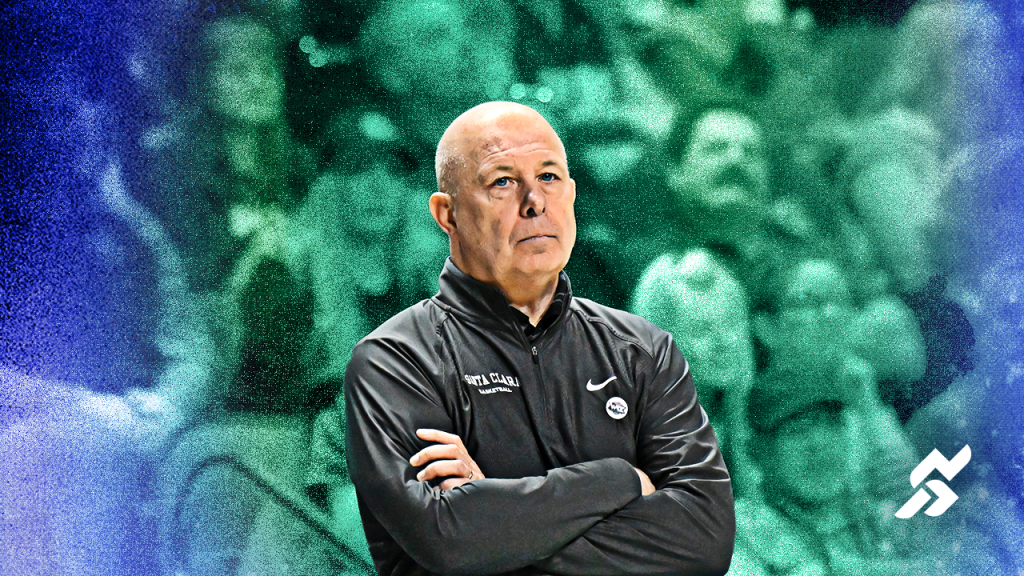The NCAA’s decision to permit Thierry Darlan, a former G League Ignite player, to compete in Division I basketball at Santa Clara indicates a shift towards a more flexible eligibility model that may no longer exclude athletes who have played professionally.
This ruling could extend beyond ex-G Leaguers to other former professional athletes, including those from the NBA, NHL, and MLB. These players, who skipped college at ages 18 or 19, may now be interested in NIL and revenue-sharing options available in collegiate sports as they enter their 20s and 30s.
According to ESPN, 6-foot-8 guard Darlan will have two seasons of NCAA Division I eligibility, with his previous two years in the G League counting against his four-year limit. Originally from the Central African Republic, Darlan averaged 7.9 points, 5.2 rebounds, and 1.4 assists over 58 G League games between 2023 and 2025.
The NCAA has refrained from commenting on Darlan’s eligibility, as it generally does not discuss specific cases. Historically, the organization has been strict about denying eligibility for athletes who had previously been compensated in their sport, reinforcing a principle of amateurism.
The NCAA’s rigidity was evident 15 years ago when it denied Enes Kanter Freedom the chance to play for Kentucky despite his desire to forgo a salary in hopes of maintaining eligibility after playing in the Euroleague. The organization deemed him ineligible based on compensation exceeding necessary expenses, prompting criticism from then-Kentucky coach John Calipari.
Current NCAA policies allowing NIL deals and recent reforms have blurred the lines between college and professional sports. For instance, Brooklyn Nets rookie guard Egor Demin managed to enter NCAA eligibility after negotiating a buyout from his Real Madrid contract, which was classified as necessary expenses.
The evolving eligibility landscape raises questions about the future for other former professional athletes, including those from various sports. As universities confront financial challenges, relaxing eligibility rules for former pros may become increasingly practical to ensure student enrollment in athletic programs.



